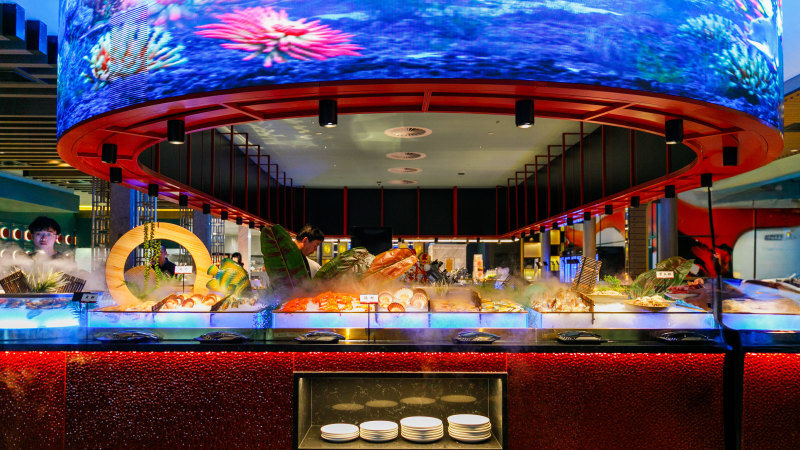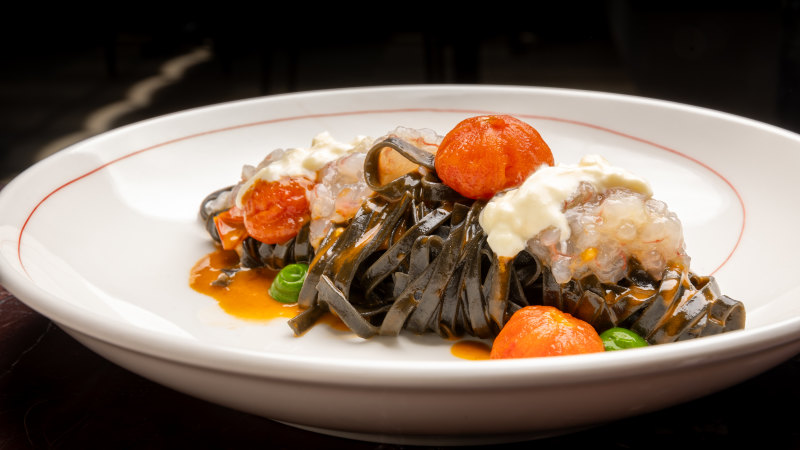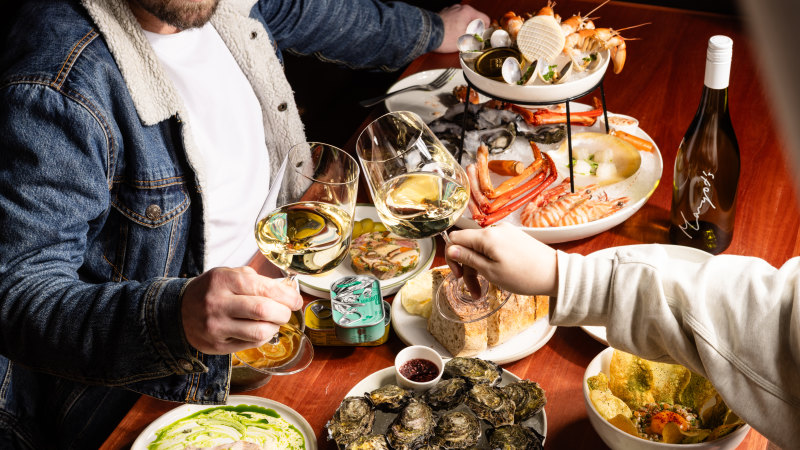IF you look up ma lai go, you’ll find it listed as a classic dim sum dessert from Hong Kong. However, the name itself hints at its origins: “ma lai” means Malay and “go” means cake. The story of ma lai go is believed to have started during the British colonisation of Malaya.
The British, craving cake, faced challenges due to the scarcity of milk and the absence of ovens. Local Malay cooks ingeniously substituted coconut for dairy and steamed the cake instead of baking it. The colonialists loved this Malay sponge cake so much that they introduced it to their other colony, Hong Kong.
There, Cantonese chefs adapted the recipe further, using evaporated milk instead of coconut milk and developing a yeast batter. Over time, this cake became a staple in Cantonese dim sum culture and was, along the line, recognised as the national cake of Hong Kong by CNN. My first experience with ma lai go was as a child, staying overnight at our uncle’s house in Penang.
I had woken up before the sun had fully risen and our aunt just handed me a cup of coffee from her huge kettle and a sponge cake, its name unknown to me at that time. That first bite was unforgettable: the unmistakable coconut flavour, the warm steam and the moist, crumbly texture. It was unlike any cake I had ever tasted.
Later, I discovered that modern ma lai go recipes no longer use coconut milk. Determined to reclaim the memory of true Malay sponge cake, I developed this recipe with ingredients reminiscent of the col.

















